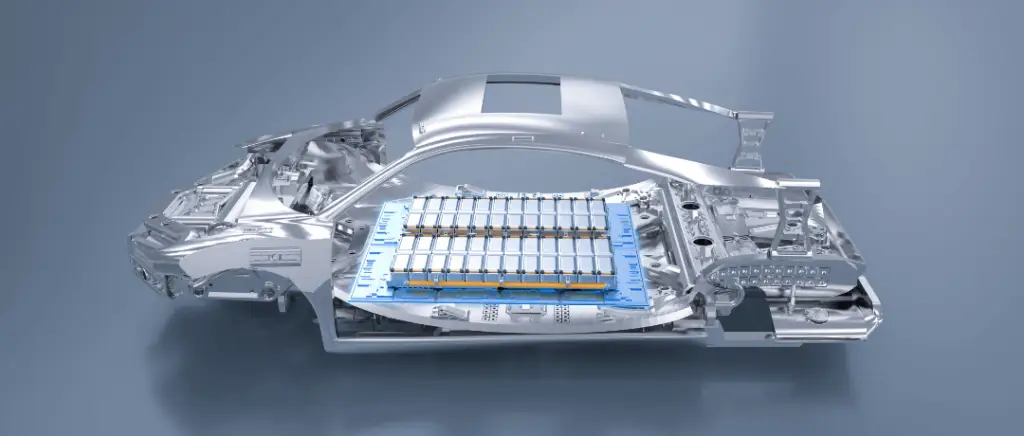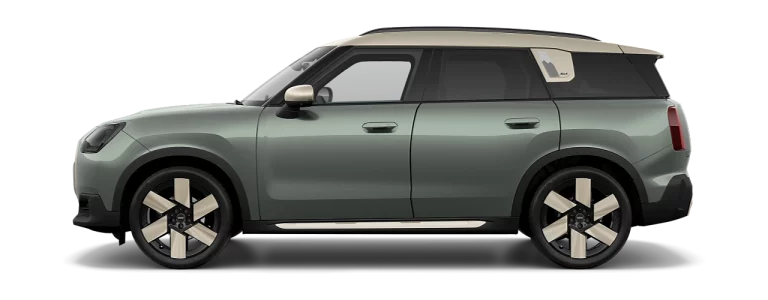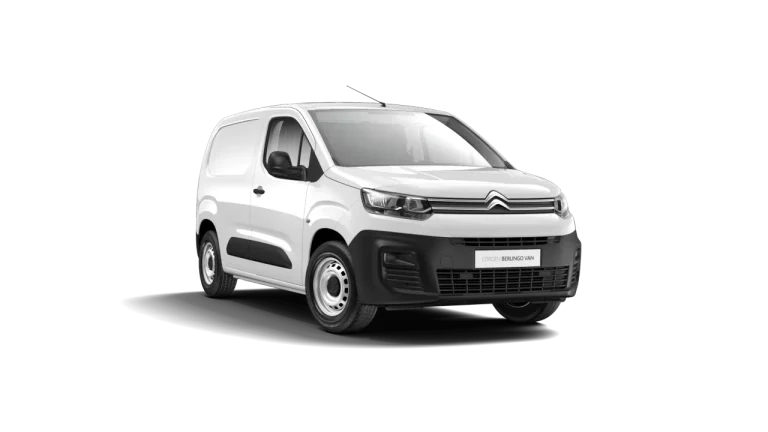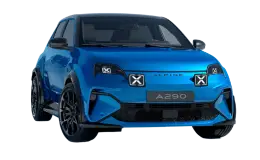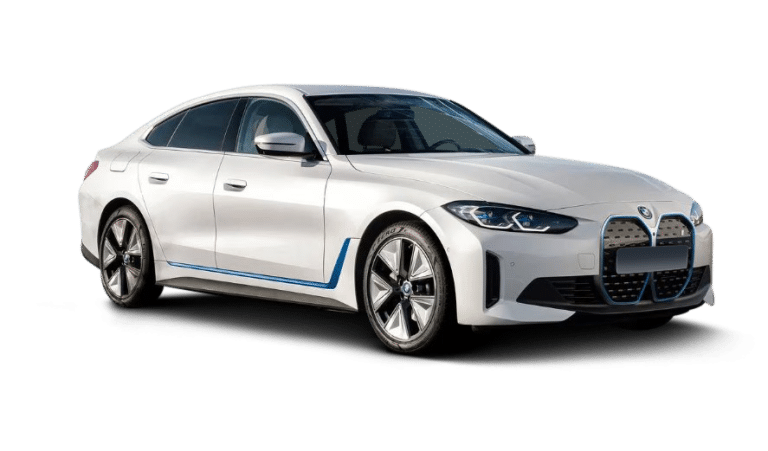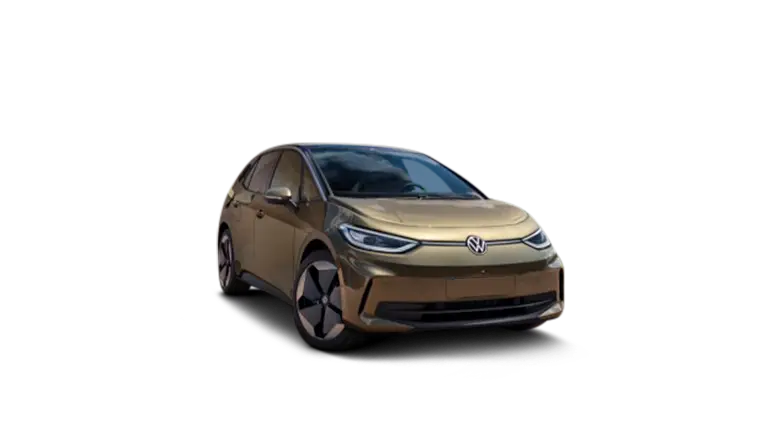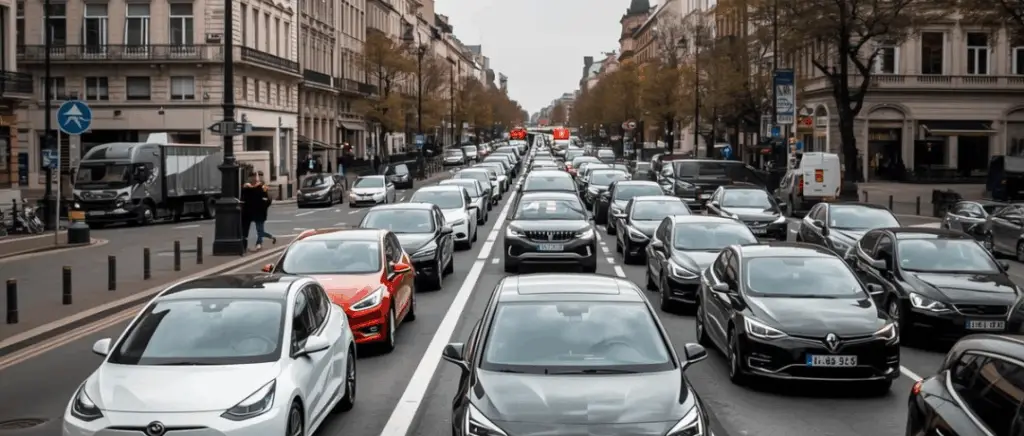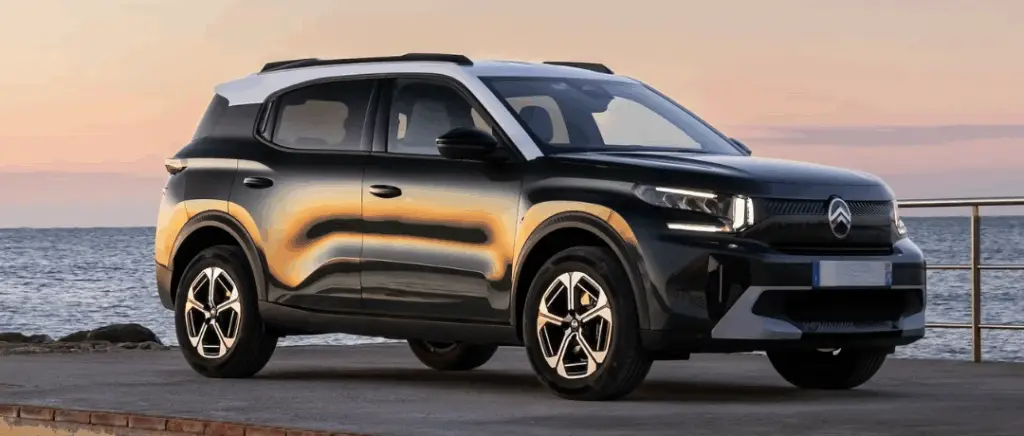You would like toto electric?
Beev offers multi-brand 100% electric vehicles at the best prices, as well as recharging solutions.
The birth of this technology
While it's true that battery technology is constantly evolving, preconditioning the battery is a recent innovation designed to optimise performance. But where does this on-board technology come from?
In fact, preconditioning batteries to protect them from the cold is one of the most effective ways of protecting them. ancient practicebut its use in electric vehicles is more recent.
The first to integrate this technology was none other than Chevrolet Volta plug-in hybrid launched on the electric market in 2011. Available via its mobile application or on-board computer, it was possible to programme the departure time to regulate the battery temperature.
The second to offer this functionality was Tesla with the Tesla Model Sshortly after the launch of the Chevrolet Volt. Meanwhile, the BMW i3 has also arrived on the market.
And if you're interested in this feature, it's available on the following electric car models:
- the Kia EV6,
- the Hyundai Ioniq 5,
- the Electric Tesla,
- the Electric Mercedes,
- the Volkswagen electric.
Older electric cars generally do not have this feature. In fact, these cars are equipped with a passive air cooling of the battery and without DC fast charge.
This system is now commonplace with new models, especially those with larger batteries.
💡 Did you know? La fast charge has become one of essential purchasing criteriais intrinsically linked to the criterion no. 1autonomyit is now.
In short, this type of system enables a battery totake on more rapid cold charging power.
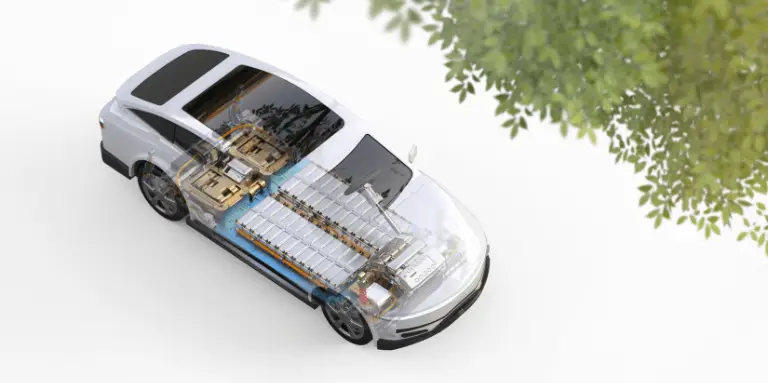
How does preconditioning an electric car battery work?
Battery preconditioning sounds a bit like science fiction. However, this on-board technology is very real and is fitted to most recent electric vehicles, as mentioned above.
But how exactly does this system work? Is it magic or pure engineering? Let's peel back the virtual bonnet and find out what this preconditioning principle is all about.
Factual side
The advantage of pre-conditioning, or more commonly known as "pre-packaging", is that it allows the customer to select the most suitable product.preheating"lies in the fact that drive a preheated or cooled car. The main objective is to raise it to a the right temperature for optimum performance. Generally, this process takes about 15 to 20 minutes.
Between 30 and 40 minutes before departurethe system switches on to ensure a comfortable indoor temperature of around 20°C. If the car is connected, l'advantage is tenfold. Electricity from the grid provides thermal comfortwhich preserves the battery's charge. So you start off with a full battery, without wasting energy on heating or cooling.
All in all, this contributes not only to comfortbut also to therange of the car. In addition, preconditioning the battery allows you toachieve power levels in excess of 50 kW without damaging the battery. For most vehicles, this value is adequate to preserve the integrity of the car's chemical accumulator. However, this statement represents only an average, as it depends on the number of cells in the battery.
Technical side
To ensure optimum performance of the battery during its charge and discharge cyclesit is crucial that its cells remain in a state of equilibrium. ideal temperature range. From too low or excessive temperatures compromise not only performance in terms of powerbut also the battery life. To reconcile user performance and battery preservation, this pre-heating technology actively controls battery temperature via a cooling process.
For example, electric vehicles equipped with the preconditioning system use a coolant to regulate battery temperatureor more precisely, the thermal management using water.
In fact, temperature pre-conditioning is easy to use. To optimise this feature, it is essential to switch off the electric motor and lock the vehicle. Make sure that the battery is charged to more than 45 %which is an essential criterion for activating this function.
To do this, there are 2 methods are provided for this purpose, both integrated into the cooling circuit:
- heat pump on the compressor side,
- a electrical resistance heated.
The second option is more advantageous for a number of reasons:
- heating is faster and more efficient,
- reduces the battery charge more quickly during preconditioning
However, its energy consumption is higher (double or even triple that of a heat pump), thus increasing the battery's power demand and accelerating heating (Joule effect on the battery).
What are the advantages of preconditioning?
This on-board technology offers numerous advantages, both for the health of your battery and for your driving comfort.
As demonstrated throughout this article, the many benefits of battery preconditioning are well established. By heating or cooling the battery before use, this intelligent feature optimises its performance and durability, while also enhancing your driving experience.
The benefits are as follows:
- comfort increased,
- reliability improved,
- reduces risks damage,
- ensures preheated passenger compartment before departure,
- promotes battery life maintaining optimum temperatures,
- ability to improve autonomy electric vehicles in extreme weather,
- increase in efficiency of around 10 %This means an extra 50 km or so,
- allows the battery to maintain optimum performance over the long term.
In short, battery preconditioning is a crucial element for electric vehicle owners, offering benefits that will improve as the technology develops.
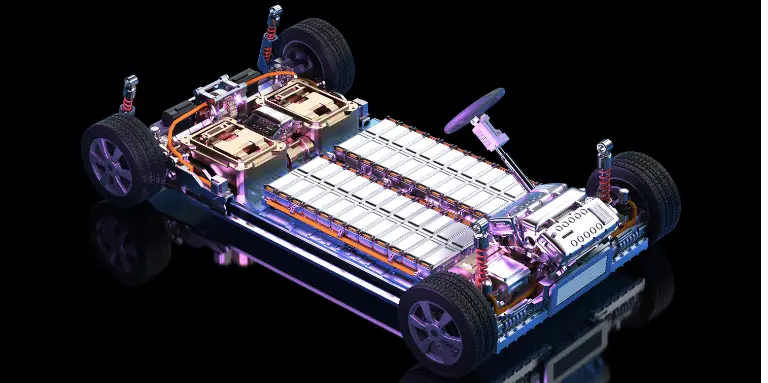
Is preconditioning really useful for your electric vehicle?
As we saw earlier, battery preconditioning offers a number of interesting advantages for your electric vehicle. However, the real impact depends on a number of factors, such as :
- the weather,
- the length of the journey,
- the electric car model.
For drivers in cold climates or those who travel long distancesPreconditioning can be particularly beneficial, offering greater autonomy and preserving battery life.
However, the benefits may be less noticeable if you don't meet the above criteria.
In short, although preconditioning can be a useful tool for optimising the performance of electric vehicles, its effectiveness varies according to the conditions of use and individual preferences.
It is also important to note that preconditioning requires your vehicle to be connected to a charging point.
Conclusion
Battery preconditioning for electric vehicles is more than just a technological convenience it's a smart strategy to optimise your car's performance while preserving its durability. Understanding and using this feature effectively can make a real difference to your electric driving experience.
On the one hand, preconditioning offers a means of maximising the energy efficiency of fleets of electric vehiclesto :
- reduce operating costs,
- ensure that your batteries are well prepared,
- offer their customers a reliable service to enhance their reputation and competitiveness in the marketplace.
On the other hand, preconditioning offers individuals :
- greater comfort,
- extends the life of the electric vehicle,
- ensures friendly departures and stress-free journeys, even in cold weather,
- maximises the investment you make in your eco-friendly car.
Don't hesitate to consult our other articles to discover other tips for optimising the range and performance of your electric car.
Monday to Friday
9am - 12.30pm - 2pm - 7pm
